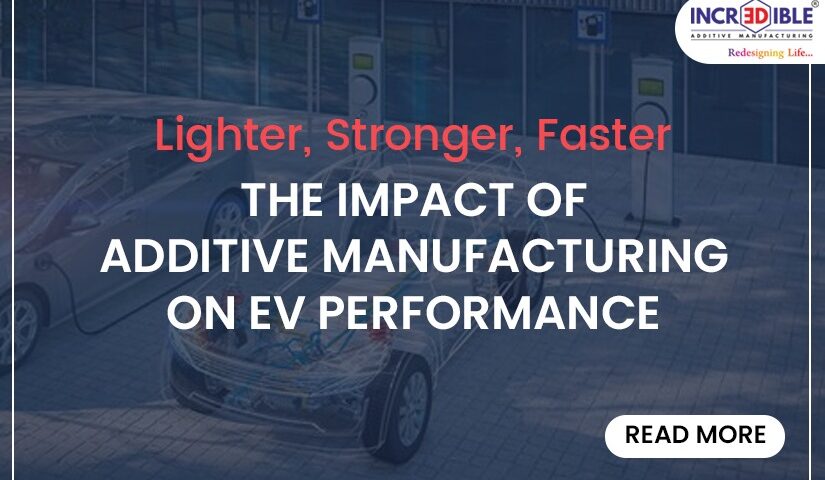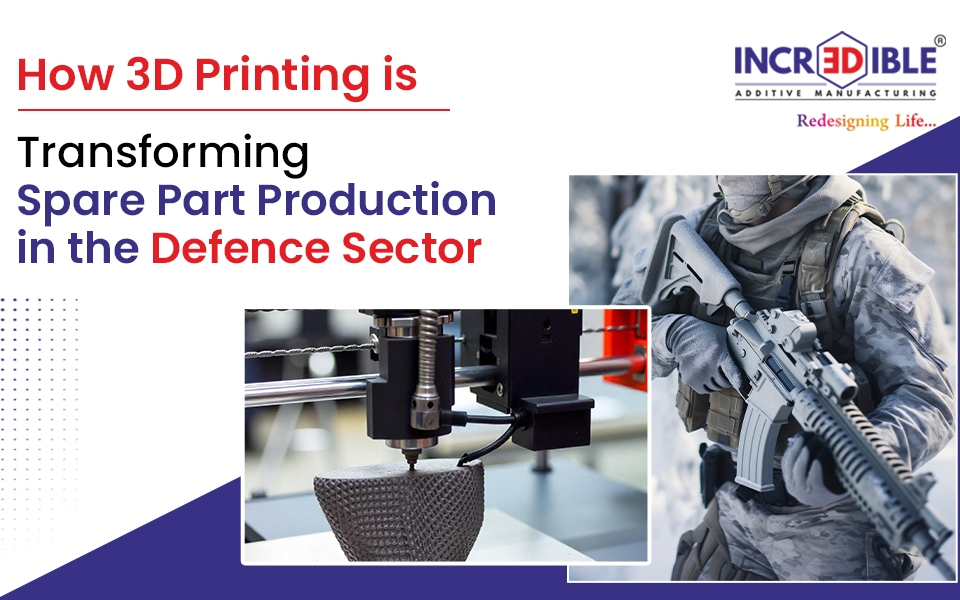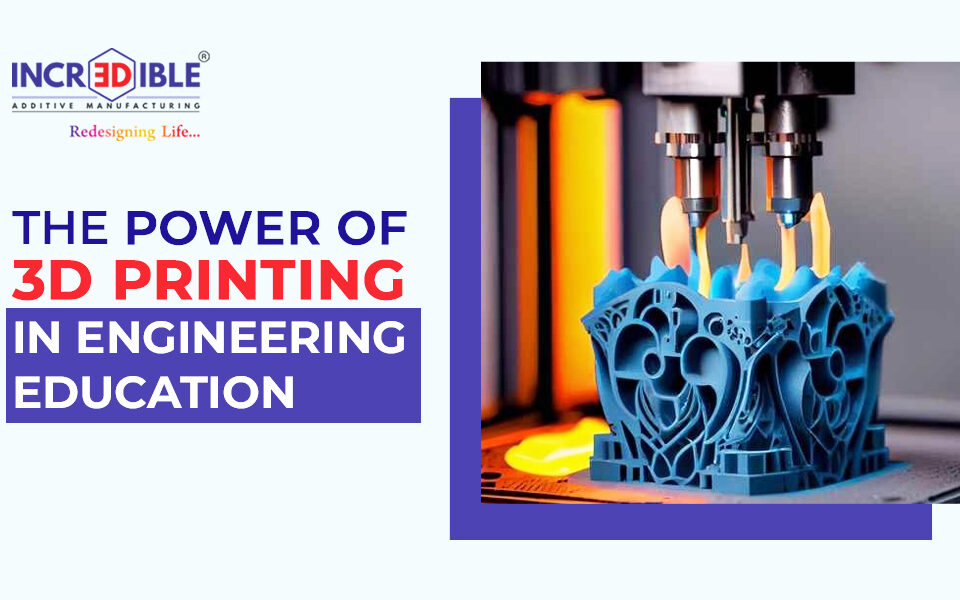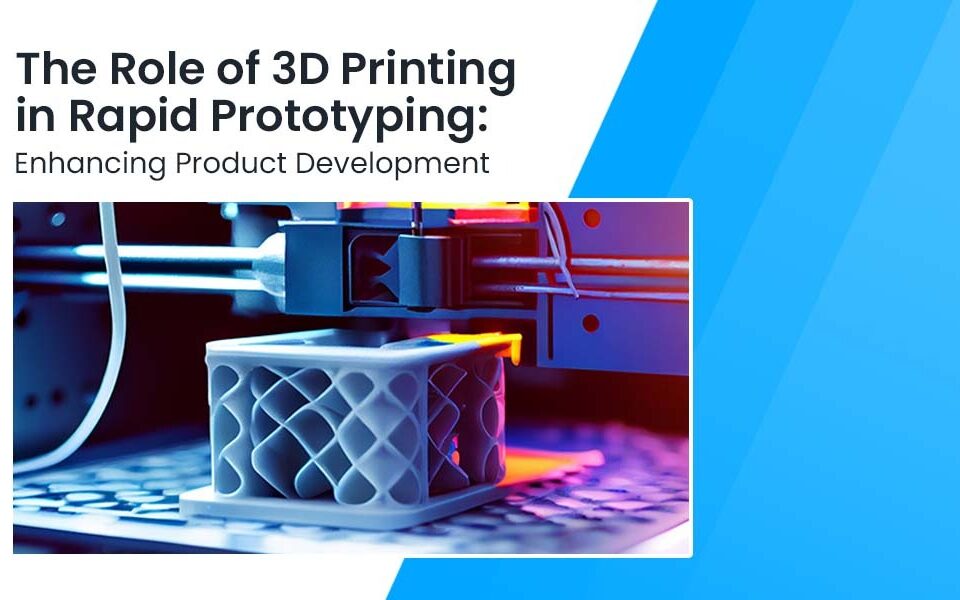Additive manufacturing (AM) is being used more and more by electric vehicle manufacturers to boost their performance. Traditional automotive sectors haven’t adopted AM as quickly as other areas of the industry, making companies like 3D Incredible, which is the best Additive Manufacturing company In India stand out.
Advantages
Additive manufacturing or 3D printing, is important for the growth of electric vehicles (EVs). This is used by companies such as 3D Engineering, an additive manufacturing firm in India, to make significant EV production and design enhancements:
1. Lightweighting: 3D printing is beneficial because it helps create lightweight parts, which leads to more miles per charge on EVs. Moreover, this technology frees up space inside vehicles for bigger batteries, among other components, hence improving overall performance.
2. Manufacturing Process Simplification: By combining several parts into a small number of assemblies, additive manufacturing makes the manufacturing process simpler. This method reduces manufacturing costs for manufacturers as well as simplifies supply chain management because it uses fewer resources and labour during production.
3. Improving Speed to Market: Design cycle times are reduced when prototypes and tooling are produced faster using additive manufacturing. Thereby, it is possible for makers of electric cars to bring their products into the market quickly so that they can keep pace with fast-changing automotive trends.
4. Changes in Supply Chains: EV-specific components replace traditional automotive parts, thus creating new supply chains. Given that alternative technologies are being embraced by producers, there is a chance to capture a larger portion of this growing sector through AM especially considering its ability to adapt within different environments.
5. Flexibility for Emerging EV Players: Unlike established automakers, start-ups within the electric vehicle industry have a greater willingness to adopt new methods, like additive manufacturing, during production processes.
Enhancements in 3D Printing for Electric Vehicles
An additive manufacturing company named 3D Incredible of India leads the charge when it comes to using AM for different EV components:
1. Material Variety: Composites, metals, and polymers are among the many materials that can be used with AM. This diversity enables lightweight yet high-performance EV parts to be manufactured.
2. Research & Development: Fast prototyping through AM speeds up research and development processes. Polymer AM is commonly used for prototyping, but metal and composite AM create functional prototypes for testing.
3. Sustainability: By enabling on-demand manufacturing, reducing material wastage, and allowing complex geometries to be created without specialized tools, sustainability has been a key focus of AM technology.
4. Gears & Gearbox Casing: Weight reduction, improved heat management, and increased safety make gearboxes or casings lighter through additive manufacturing methods when used in EVs.
5. Electrical Parts: Motor housing, coils, and stators fall under this category where copper alloys can be employed. This in turn enhances electrical performance as well as thermal management, which is important.
About 3D Incredible
In 1999, the formation of 3D Incredible took place with a vision to become the best supplier of product lifecycle management solutions for the manufacturing sector. They have been serving over a thousand businesses worldwide and are considered among the top distributors of Siemens Industry Software as well as ANSYS distributors, while also being an Indian EOS additive manufacturing solutions provider. Headquartered in Pune, they maintain field engineers all across western and southern India.
3D Incredible is an expert in CAD/CAM/CAE/PLM/Digital Manufacturing Solutions, having certified trainers who have worked extensively within industries themselves. This company has become a technological partner for many different kinds of businesses. Their commitment lies in supporting customers and striving towards excellent service delivery.
Conclusion
With the rise of Additive Manufacturing companies in India, the production of electric vehicles is advantageous to manufacturers. Towards EV production, future trends show a move to integrated workflows that blend subtractive and additive manufacturing methods designed for this purpose. If more electric vehicle assemblers embrace it, additive manufacturing will keep on changing, thereby enabling industry optimization benefits realization at greater levels.




